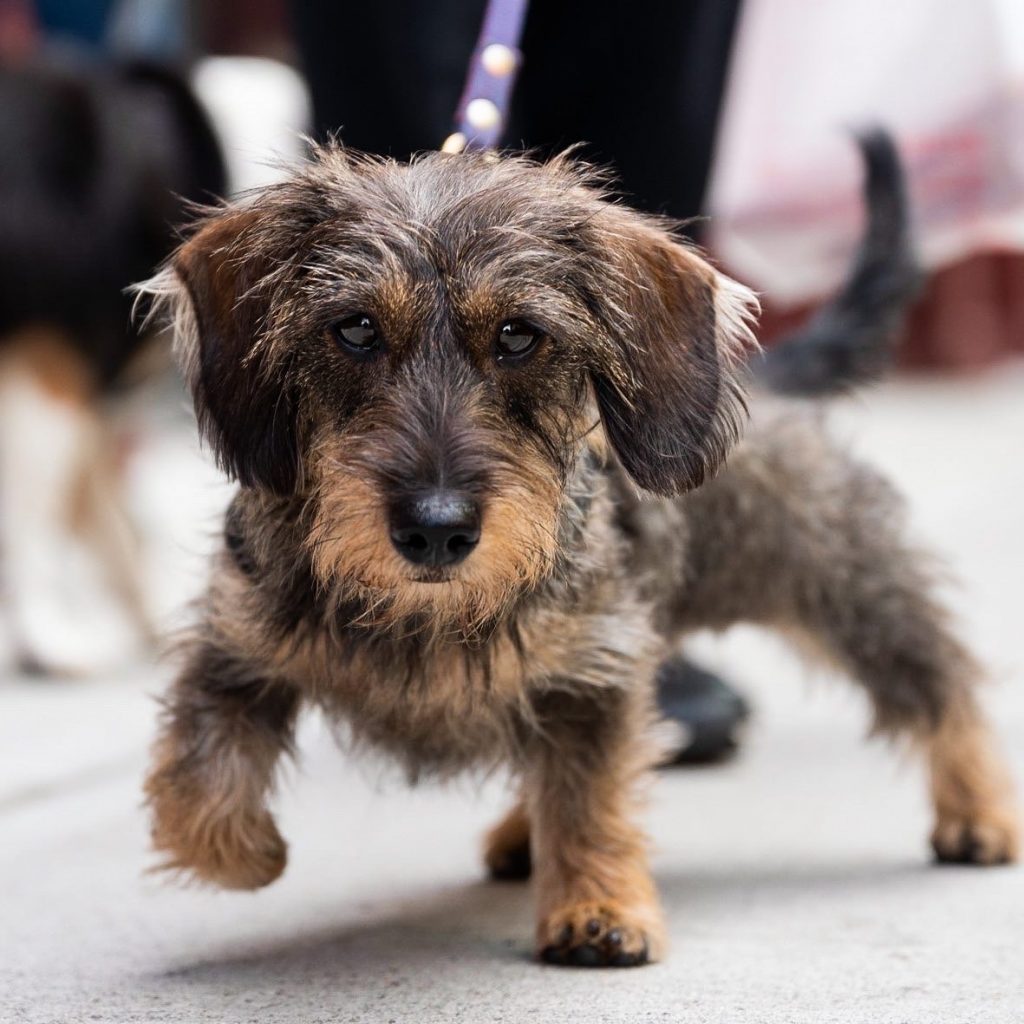- Understanding Your Dachshund Schnauzer Mix’s Unique Traits
- Establishing a Consistent Training Routine
- Positive Reinforcement Techniques
- Socialization as a Core Component of Training
- Addressing Common Behavioral Challenges
- Advanced Training and Mental Stimulation
The Dachshund Schnauzer mix, often affectionately known as a Schnoxie, is a crossbreed that inherits traits from both the Dachshund and the Schnauzer. Understanding these characteristics is crucial to developing effective training strategies that unlock your dog’s potential. By implementing a consistent training routine, you can harness the intelligence and eagerness to please of this unique hybrid, ensuring a well-behaved and content companion.
> READ MORE:
Understanding Your Dachshund Schnauzer Mix’s Unique Traits
Before diving into training tips for the Dachshund Schnauzer mix, it is essential to recognize the blend of qualities and instincts inherited from both parent breeds. Dachshunds are known for their determination, courage, and sometimes stubborn nature. Schnauzers, on the other hand, are characterized by their intelligence, vigilance, and sometimes strong-willed attitude. When training your Schnoxie, consider these attributes as you select activities and training methods that cater to both sides of their lineage.
Establishing a Consistent Training Routine
Consistency is key in any dog training regimen, more so with the Dachshund Schnauzer mix. Establishing a regular schedule for training sessions helps your dog understand what is expected and when. Begin training early, as puppies are particularly receptive to learning new behaviors, but remember that it’s never too late to start with an adult dog. Aim for short, engaging sessions several times a day. This will keep your Schnoxie’s interest peaked without overwhelming them.
Positive Reinforcement Techniques
Positive reinforcement is a powerful tool in the arsenal of training tips for the Dachshund Schnauzer mix. This strategy involves rewarding desired behaviors with treats, praise, or playtime, which encourages the dog to repeat those behaviors in the future. It’s critical to immediately reinforce the behavior you want to encourage so the dog associates the reward with the correct action. This approach also helps strengthen the bond between you and your pet, making training a more enjoyable experience for both.

Socialization as a Core Component of Training
Socialization should not be overlooked as part of your training strategies. Exposing your Dachshund Schnauzer mix to a variety of people, environments, and other animals is essential for their development. Socialization helps them become more adaptable and less fearful in new or unfamiliar situations. Start socialization as soon as your vet gives the green light, as the early months are crucial for setting the foundation for a well-mannered dog.
Addressing Common Behavioral Challenges
Common behavioral challenges with Schnoxies include digging, barking, and chasing, due to their hunting and watchdog heritage. Address these issues with targeted training. For instance, provide designated digging areas or toys to satisfy their burrowing instincts. Train them to respond to a ‘quiet’ command to manage barking, and work on recall and leash control to curb chasing impulses. Understanding the reason behind these behaviors can guide you in providing appropriate alternatives.
Advanced Training and Mental Stimulation
The Dachshund Schnauzer mix, being an intelligent hybrid, needs plenty of mental stimulation to prevent boredom and destructive behaviors. Incorporate advanced training exercises such as agility, obedience, or even scent work to challenge their minds. Puzzle toys and interactive games can also be excellent outlets for mental energy.
Training your Dachshund Schnauzer mix should be a fulfilling journey for both you and your pet. By focusing on their unique needs, remaining consistent, using positive reinforcement, socializing them thoroughly, addressing behavioral challenges with understanding, and providing advanced training opportunities, you can unlock your dog’s immense potential. With dedication and patience, you will cultivate a well-trained and happy companion who is a joy to be around. Remember, the key to successful dog training lies not just in techniques but in the bond you build with your furry friend.
